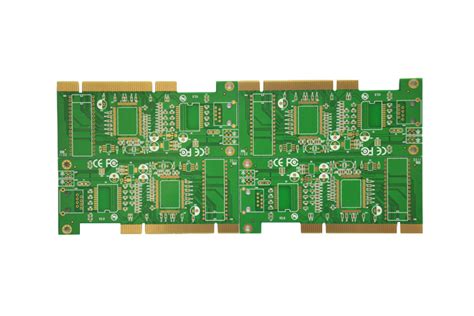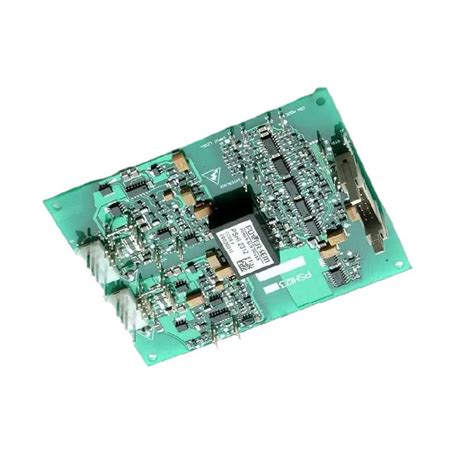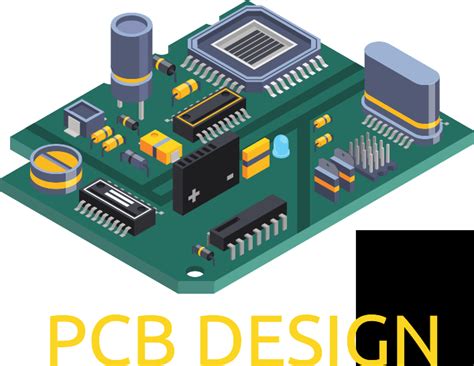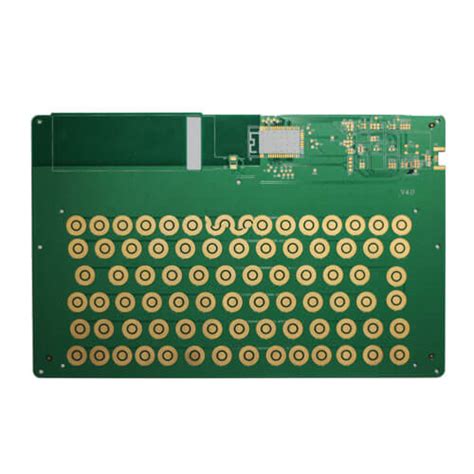Effective Techniques for PCBA Rework and Repair Solutions

Key Takeaways
Understanding the intricacies of PCBA rework is paramount for maintaining the integrity and efficiency of pcb assembly. Through effective techniques, manufacturers can ensure that any faults encountered during the production process are addressed swiftly and proficiently. The primary objective is to optimize the repair and rework of pcb assemblies, leading to improved product reliability.
Here are some essential takeaways regarding PCBA rework:
| Key Point | Description |
|---|---|
| Importance of Diagnosis | Accurate assessment of issues ensures targeted repairs. |
| Essential Tools | Utilizing the right tools is crucial for effective work. |
| Step-by-Step Methods | Structured approaches lead to consistent results. |
| Quality Assurance | Best practices help in achieving high standards in rework. |
Incorporating these principles not only enhances the output quality but also reduces production costs associated with faulty pcb assemblies. By embracing a methodical approach, manufacturers can confidently tackle challenges in pcba rework, thereby sustaining their competitive edge in the electronics industry.

Introduction to PCBA Rework and Its Importance in Electronics Manufacturing
Printed Circuit Board Assembly (PCBA) is a critical component in the electronics manufacturing industry, primarily due to its vital role in ensuring the functionality and performance of electronic devices. As technology evolves, the demand for complex PCBs has surged, which inevitably leads to an increase in production challenges. Understanding PCBA rework is essential because it helps address issues that arise during manufacturing or after the assembly process, ensuring quality standards are met.
Reworking PCB assemblies allows manufacturers to fix defects without completely discarding the assembly, which can lead to substantial cost savings and reduce waste. For instance, defects such as soldering errors or component misalignment can be corrected through various rework techniques, maintaining the integrity of the overall device. Additionally, effective PCBA rework contributes significantly to improving product reliability and customer satisfaction.
To successfully navigate the complexities of PCBA, technicians must be equipped with both knowledge and tools necessary for effective rework procedures. As an industry best practice, it’s advisable for manufacturers to integrate comprehensive training programs covering crucial aspects of PCBA rework into their operations. By doing so, they enable their workforce to efficiently diagnose problems and apply appropriate solutions that align with industry standards.
"A well-executed PCBA rework strategy not only resolves immediate concerns but also enhances long-term operational efficiency."
In summary, embracing effective techniques for PCBA rework ensures that electronic manufacturers remain competitive in a rapidly evolving market while delivering high-quality products that meet customer expectations.
Common Issues in PCB Assemblies: Diagnosis and Troubleshooting
In the realm of pcb assembly, numerous challenges can arise during production, leading to the necessity of effective PCBA rework. A typical issue is the misalignment of components, which may result from inadequate soldering techniques or issues with the pick-and-place equipment. Detecting such misalignments early can save significant time during the rework process. Another common problem is solder defects, including cold solder joints and bridging, which compromise electrical connections. To address these issues, thorough visual inspections and electrical testing should be employed consistently. Additionally, components may suffer from damage due to excessive heat during assembly or rework processes. Recognition of thermal damage requires careful observation and testing to avoid further complications down the line. It is crucial for technicians to be equipped with a comprehensive understanding of these common faults and their respective diagnostic procedures. This foundational knowledge not only aids in timely problem identification but also streamlines subsequent steps in repairing PCBA efficiently while ensuring that quality standards remain uncompromised in line with manufacturing best practices.
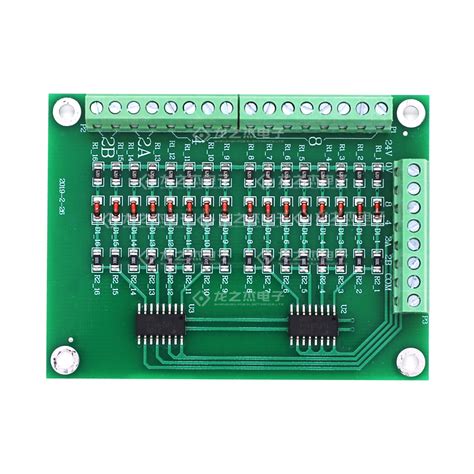
Essential Tools for Effective PCBA Rework
To achieve successful PCBA rework, having the right tools at your disposal is crucial. First and foremost, a high-quality soldering iron is invaluable for both rework and component replacement. Look for a temperature-controlled soldering iron to ensure precise heating, which minimizes the risk of damage to sensitive components on the pcb assembly. Next, a desoldering pump or desoldering braid can be instrumental in the removal of excess solder or faulty components with minimal impact. Additionally, tweezers with ESD (Electrostatic Discharge) protection are essential for handling delicate parts without causing static damage.
A reliable multimeter is also a must-have tool; it allows technicians to perform essential diagnostics and verify circuit integrity after repairs. Furthermore, magnification tools such as a microscope or loupe offer critical assistance in examining circuit traces and components closely, ensuring a thorough inspection. In cases that include surface-mount technology (SMT), consider investing in a hot air rework station that facilitates the careful heating of components for easy removal or replacement.
Lastly, proper workspace organization tools like soft mats and component organizers ensure that all components are kept safe and accessible during the rework process. Together, these tools form the backbone of any effective PCBA rework strategy, enabling practitioners to diagnose issues accurately and carry out repairs with confidence while upholding high-quality standards in electronics manufacturing.

Step-by-Step Methods for Successful PCBA Repair
Effective PCBA repair begins with a thorough understanding of the specific issues impacting the pcb assembly. The first step is to conduct a detailed inspection using tools such as magnifying glasses and thermal cameras to identify defects like cold solder joints, component misalignments, or damaged traces. Once the problem areas are located, it’s essential to prepare the work area—cleaning the surface and ensuring that all necessary tools are within reach.
Next, remove any faulty components carefully using de-soldering tools such as hot air rework stations or solder wick, minimizing damage to the surrounding circuitry. After replacement components have been sourced, secure them onto the pcb assembly with precision. Use appropriate soldering techniques—consider using lead-free solder for environmental compliance and heat management practices that suit component specifications.
Finally, conduct thorough testing of the PCBA post-repair. Utilize multimeters to ensure continuity and functionality while also running diagnostic software if applicable. This step guarantees that all repairs meet quality standards and that the pcb assembly is ready for integration back into its intended application. By following these structured methods, manufacturers can enhance their repair processes significantly, ensuring reliable results and prolonged service life for their electronic devices.
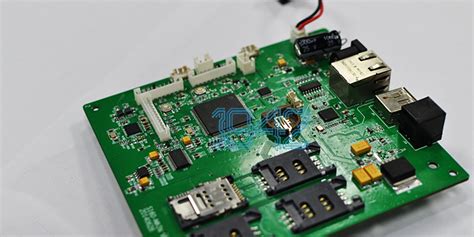
Best Practices for Ensuring Quality Results in PCBA Rework
Ensuring quality results in PCBA rework is critical to maintaining the reliability and performance of electronic devices. One of the key best practices is to conduct a thorough inspection of the PCB assembly before starting any repairs. This initial assessment helps identify not only visible defects but also potential underlying issues that could complicate the rework process. Utilizing appropriate diagnostic tools such as multimeters and oscilloscopes can provide valuable insights into the functionality of individual components on the PCB.
When it comes to executing PCBA repairs, it is imperative to adhere to meticulous procedures in order to minimize risk during the rework. For instance, employing a controlled environment, including using anti-static mats and grounding wrist straps, plays a significant role in preventing damage that can arise from electrostatic discharge (ESD). Additionally, selecting compatible soldering materials that match the original specifications of the PCB assembly ensures robust electrical connections after rework.
Furthermore, documenting every step taken during the rework process fosters accountability and serves as a valuable reference for future repairs. Integrating these best practices not only improves repair outcomes but also enhances overall workflow efficiency in electronics manufacturing, driving better quality products for end users.
Case Studies: Successful PCBA Rework Examples
Examining real-world applications of PCBA rework can provide valuable insight into effective strategies and methodologies. For instance, a leading electronics manufacturer faced challenges with a batch of PCB assemblies that exhibited intermittent connectivity issues due to solder joint failures. The rework team implemented a meticulous diagnosis phase, utilizing thermal imaging to identify problem areas. Following this, they employed advanced tools such as precision soldering stations and specialized desoldering equipment to meticulously repair the compromised joints. The results were impressive; the reworked assemblies passed rigorous testing protocols, leading to increased product reliability and customer satisfaction.
In another case, a small startup specializing in wearable technology encountered issues during their initial production run, where certain PCBA components were incorrectly placed due to human error. Recognizing the potential for significant loss, the company quickly initiated a corrective action protocol that included realigning components and using solder paste inspection techniques. The team’s thorough approach not only salvaged the affected units but also heightened overall awareness about quality assurance in their production processes. These case studies emphasize the importance of structured rework solutions and highlight successful outcomes stemming from precise techniques, which are essential for maintaining high standards in electronics manufacturing.
Future Trends in PCBA Rework Techniques
As the landscape of electronics manufacturing continues to evolve, future trends in PCBA rework techniques are poised to transform the industry. One notable trend is the increased use of automation and robotics in pcb assembly processes. By integrating smart technology, manufacturers can enhance precision and efficiency during rework, minimizing human error while streamlining operations. Additionally, the rise of machine learning algorithms enables more sophisticated diagnostic tools, which can accurately identify faults within a pcb assembly, thereby facilitating quicker and more effective troubleshooting. Moreover, there is a growing emphasis on eco-friendly materials and processes within the industry; this shift promotes sustainable practices during pcba repairs by reducing waste and employing recyclable components. Networking with other technologies—such as the Internet of Things (IoT)—is also shaping PCBA rework by offering real-time data analytics to monitor performance and predict potential failures before they occur. As these innovations unfold, manufacturers will not only improve their rework techniques but also enhance overall productivity while ensuring high-quality results in their electronic products. Thus, staying abreast of these trends is crucial for anyone involved in electronic manufacturing to remain competitive in a rapidly changing market.

Conclusion
In summary, mastering PCBA rework and repair solutions is vital for maintaining the quality and reliability of pcb assemblies in electronic manufacturing. By understanding the common issues that arise in pcb assembly processes, along with effective diagnosis and troubleshooting techniques, technicians can effectively address problems that compromise performance. Utilizing essential tools is crucial for successful PCBA repairs; these tools enhance precision and ensure smooth execution of the necessary steps. Following best practices not only boosts the efficiency of rework efforts but also guarantees that quality results are achieved consistently. As techniques evolve, staying informed about future trends in PCBA rework will empower professionals to adopt innovative solutions. In doing so, they can contribute to the resilience and advancement of electronic components, ensuring continued excellence in manufacturing processes.
FAQs
What is PCBA rework?
PCBA rework refers to the process of repairing or modifying a pcb assembly after it has been completed. This includes fixing defects or replacing faulty components to ensure the pcba meets quality standards.
Why is PCBA rework critical in electronics manufacturing?
The importance of pcba rework lies in its ability to correct problems that could lead to product failure. Effective rework techniques help maintain the reliability and functionality of electronic devices, ultimately enhancing customer satisfaction.
What are common issues encountered in PCB assemblies?
Common issues in a pcb assembly may include cold solder joints, misplaced components, and bridging. Identifying these problems quickly through proper diagnosis is essential for successful repairs.
What tools are essential for PCBA rework?
Several tools are crucial for effective pcba repair, including soldering equipment, hot air rework stations, and inspection tools. These instruments allow technicians to efficiently address issues without compromising the quality of the pcb assembly.
What step-by-step methods can be used for successful PCBA repair?
Successful methods often involve initial inspection, followed by precise removal of faulty components, cleaning the surface, and carefully placing new parts. Each step must be executed meticulously to achieve optimal results in any pcb assembly project.
How can I ensure quality results during PCBA rework?
To ensure high-quality outcomes, it’s essential to follow best practices such as maintaining a clean workspace, adhering to top-notch soldering techniques, and conducting thorough testing after repairs are completed on the pcba.

